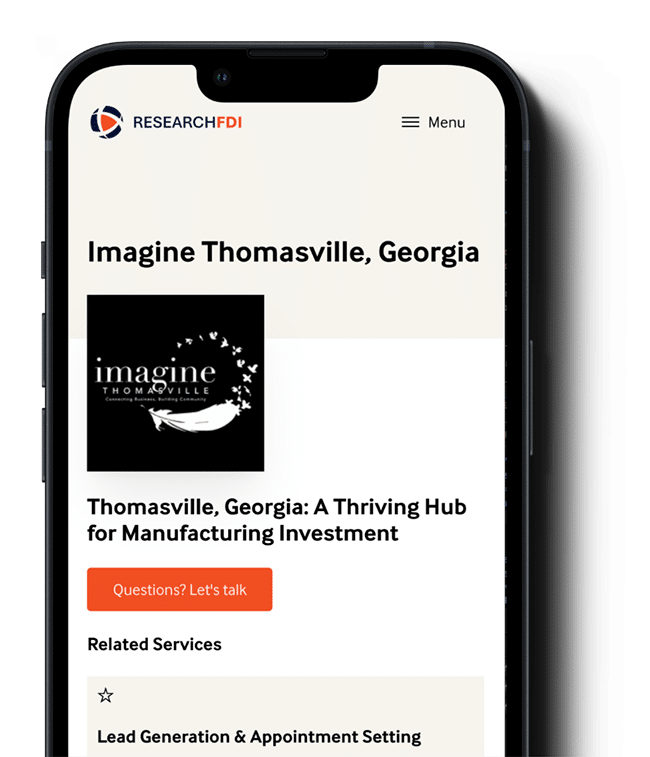In our quest to explore the intricacies of branding for economic development, we delve deeper into destination branding, building on our previous our previous two parts: Place Vs. Destination Branding: Their Vital Role In Economic Development and Unpacking the Place Branding Process.
In this final segment, we take a closer look at what goes into successful destination branding campaigns, from start to finish.
Core Elements of Destination Branding
Tourism is one of the largest industries in the world, directly contributing over 7 trillion U.S. dollars to gross domestic product (GDP) globally in 2022. In this highly competitive industry, destination branding has become essential in tourism marketing.
Destination branding forms the bedrock of all promotional initiatives in the tourism industry. It artfully showcases specific geographical entities such as cities and resorts, creating a unique identity that sets it apart in the fiercely contested tourism market.
Three fundamental elements power successful destination branding: reputation, identity, and perception.
Reputation
The reputation of a destination is a collective of beliefs or opinions people have about it. Maintaining a good reputation requires ongoing effort – cultivating positive experiences, ensuring consistent quality, and managing the destination efficiently. A positive reputation not only enhances the destination’s appeal but also builds trust among potential travelers.
Identity
Identity takes into account the unique set of characteristics, values, and attributes that distinguish a destination. Driven by authenticity, and unique selling propositions, a strong identity leverages the destination’s unique aspects like cultural heritage, local traditions, and natural beauty. Not only does a defined and genuine identity amplify the appeal, but it also helps differentiate the destination in the cluttered tourism market.
Perception
Perception is the set of beliefs, attitudes, and emotions that people hold towards a destination. Strategic marketing campaigns and communication efforts can shape this perception. The primary goal is to align the audience’s perception with the desired image of the destination – underscoring positive aspects while addressing potential misconceptions.
Building a Successful Destination Brand
Developing a destination brand is undoubtedly complex. The process aims to create a lasting image that guides all subsequent marketing efforts.
Unlike other branding processes, destination branding isn’t linear – it has multiple sub-processes and involves numerous stakeholders. It requires extensive involvement from local tourism organizations, necessitating their participation and support to create a compelling brand.
Local economic development organizations can successfully implement place branding. However, the emphasis destination branding places on tourism necessitates heightened involvement from local tourism agencies.
Developing a destination brand requires a clear understanding of the unique offerings your destination brings to the tourism market. This task might seem daunting as it involves a comprehensive dissection of various aspects of your destination.
Consequently, local tourism boards, entrusted with the promotion of tourism, should play a pivotal role in crafting the destination brand. These agencies typically devise strategies to attract visitors, underscore the unique features of the destination, and collaborate with multiple stakeholders in a brand creation effort. Hence, their active participation and support are indispensable in destination branding.
Using a Branding Pyramid in the Destination Branding Process
While complex, the destination branding process can be simplified using a brand pyramid. It breaks down the key benefits that visitors can derive from the specific destination and provides visual framework outlining a destination’s identity and market positioning. The Institute for Sustainable Destinations by Solimar Internation breaks down the brand pyramid model for destination branding in their Destination Management Organization (DMO) Development Program.
The brand pyramid consists of five tiers: rational attributes, emotional benefits, brand personality, the positioning statement, and brand essence. Each tier amplifies the unique attributes, aligns marketing efforts, and creates a persuasive narrative that resonates with the target audience.
Tier 1: Rational Attributes:
The first tier, rational attributes, encompasses the tangible and observable features of a destination, such as unique services, local cuisines, or landmarks. These attributes are evident to visitors through direct experience.
Tier 2: Emotional Benefits
The second tier, emotional benefits, merges tangible attributes with the emotional experiences of visiting the destination. Successful destination brands identify these emotional benefits and ensure all visitors share a similar positive emotional takeaway.
Tier 3: Brand Personality:
The third tier, brand personality, describes how the target audience perceives the destination using a few essential words. Effective destination branding leverages the existing image and builds upon it. Recognizing the current brand helps determine the attributes to emphasize and how to influence target audience perceptions effectively.
Tier 4: The Positioning Statement:
The fourth tier, the positioning statement, delineates the unique attributes specific to the site. At this stage, brand developers examine characteristics that are exclusive to the site. This step holds a significant position in the brand development process. Understanding what differentiates the site lends form to a robust brand identity.
Tier 5: Brand Essence
The final tier, brand essence, consolidates elements from all the previous tiers to forge an integral brand identity. This identity embodies the core values and unique qualities of the destination, encapsulating the authentic and memorable experiences it offers to visitors. In effective destination branding, the brand essence aligns marketing efforts with the key attributes, crafting a persuasive narrative that resonates with the target audience and ultimately influences their perception and choice of the destination.
Examples of Successful Destination Branding
Iceland: “Inspired By Iceland” Campaign
In the wake of a volcanic eruption in 2010, Iceland launched the “Inspired By Iceland” campaign to shift global perceptions and boost tourism. The country portrayed its otherworldly natural beauty using engaging videos and interactive social media campaigns.
Key Takeaway: Iceland successfully used an unfortunate event to attract attention, then capitalized on this attention with a creative, engaging campaign that portrayed the country in a new, positive light. They showcased the uniqueness of their destination to create a strong brand identity.
New Zealand: “100% Pure New Zealand” Campaign
Launched in 1999, this campaign highlights the diverse, unspoiled landscapes of New Zealand. It targets tourists seeking real experiences in beautiful, natural environments.
Key Takeaway: New Zealand’s consistent messaging and focus on authentic experiences show the power of a well-defined unique selling proposition (USP) in destination branding. They managed to create a distinctive identity in a highly competitive market.
Final Thoughts: The Destination Branding Process
Although place and destination branding can be confusing as they are sometimes used interchangeably, they indeed refer to different concepts. The choice of branding type should depend on the region’s unique features and specific goals, thereby providing a tailored strategy for supporting economic growth.
By diligently applying the principles outlined here, economic development professionals can effectively utilize destination branding to market their region to potential investors. Factors like quality of life and the unique appeal of a location often serve as essential considerations for investors.
These intangible aspects can make the crucial difference when costs, infrastructure, and financial incentives are comparable across multiple locations. A region boasting a high standard of living and distinctive charm can resonate more profoundly with investors, rendering it more attractive for business development or relocation endeavors.
Moreover, highlighting the region’s unique characteristics, such as cultural heritage, or exceptional recreational and leisure facilities can substantially increase its appeal to investors. Thus, the strategic and well-considered implementation of destination branding principles can effectively position a region as a more competitive and enticing investment option.
By building on the insights gleaned from this mini-series, economic development professionals can efficiently strategize the application of both place and destination branding in their investment attraction and marketing plans. This approach elevates their region’s visibility, competitiveness, and charm, ultimately fueling economic expansion and prosperity.




